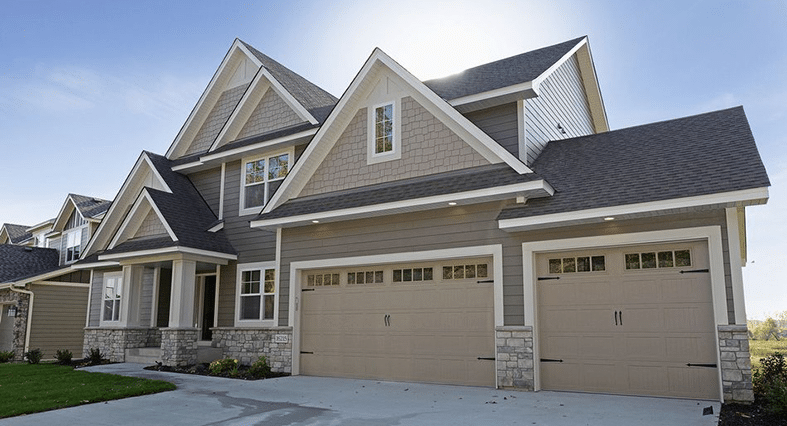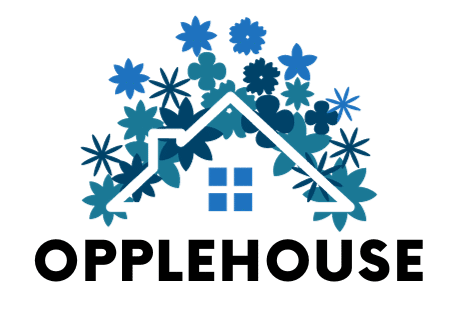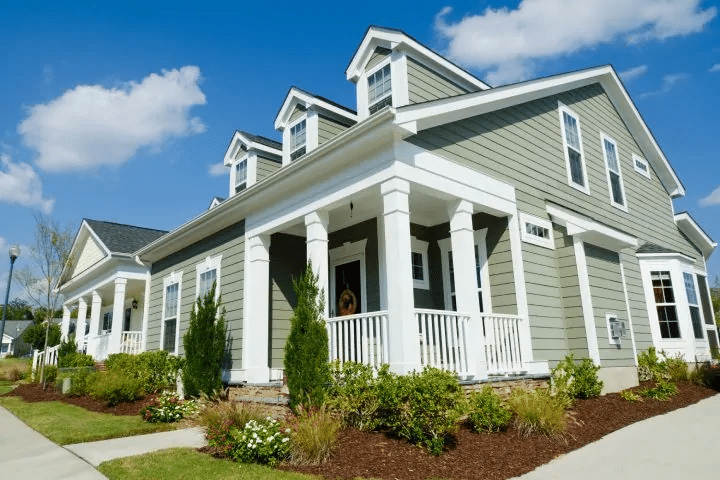If you’ve ever explored durable siding options for your home or outdoor projects, you’ve probably come across Hardie Board — one of the most trusted fiber cement products on the market. Homeowners and contractors often ask, Can Hardie Board be used outside?
The short answer is yes, Hardie Board is specifically engineered for exterior use and performs exceptionally well in various climates. However, using it correctly — with proper installation and maintenance — is essential to ensure longevity and maximum performance.
This guide provides a comprehensive look at whether and how Hardie Board can be used outside, explaining its composition, advantages, installation requirements, weather resistance, and ideal applications. By the end, you’ll understand why Hardie Board remains a top choice for exterior cladding, trim, and architectural design.
1. What Is Hardie Board?
Hardie Board, also known as James Hardie fiber cement siding, is a composite material made primarily of cement, sand, cellulose fibers, and water. This combination creates a product that’s far more durable and resilient than traditional wood or vinyl siding. James Hardie introduced fiber cement technology in the 1980s, revolutionizing the construction industry with a material that mimics the look of wood while resisting rot, pests, and fire.
The key ingredient — Portland cement — binds sand and cellulose fibers into a strong matrix, giving Hardie Board its rigidity and resistance to weather. It comes in various profiles, including lap siding, shingles, panels, and trim boards, allowing homeowners to achieve a wide range of architectural styles.
2. Why Hardie Board Is Ideal for Outdoor Use
a. Engineered for Exterior Durability
Hardie Board is purpose-built for outdoor exposure. Unlike interior-grade materials, it’s designed to withstand rain, wind, snow, UV rays, and temperature extremes. The board’s composition resists warping, swelling, and cracking even after years of exposure to harsh conditions.
b. Moisture and Rot Resistance
One of the biggest challenges for exterior materials is moisture. Wood expands and contracts, leading to rot or mold, but Hardie Board remains dimensionally stable. Its non-porous surface and factory-applied coatings (like the ColorPlus® finish) make it especially resistant to water penetration.
c. Fire Resistance
Hardie Board is non-combustible — meaning it won’t ignite, contribute fuel to a fire, or melt like vinyl. In fact, many building codes in fire-prone regions, such as California, recommend or require fiber cement siding for this reason.
d. Pest Resistance
Termites, carpenter ants, and other pests have no interest in fiber cement. Unlike wood siding, Hardie Board offers no organic food source, providing long-term protection against infestations.
e. Dimensional Stability
Temperature fluctuations cause many materials to expand or contract. Hardie Board’s cement-based core ensures minimal movement, reducing the likelihood of cracks, gaps, or paint failures.
3. Weather Suitability: Hardie Board in Different Climates
James Hardie manufactures its siding to meet regional climate demands through its HardieZone® system. Each product is tailored for the specific challenges of your area — whether that’s humidity, freezing temperatures, or intense sunlight.
a. Wet or Humid Climates
In coastal or humid environments, Hardie Board’s resistance to rot and mold makes it a superior choice over wood. Its ability to handle salt air and moisture without deterioration makes it popular in coastal construction.
b. Cold or Snowy Regions
Hardie Board is designed to withstand freeze-thaw cycles. Unlike wood or vinyl, it won’t crack when water freezes on its surface, and its paint adhesion remains strong through changing seasons.
c. Hot and Sunny Areas
In desert or high-UV zones, Hardie Board retains color better than many materials, especially when finished with ColorPlus® technology. This UV-stable finish resists fading, chalking, and peeling even under prolonged sun exposure.
4. Common Outdoor Applications of Hardie Board

Because of its strength and adaptability, Hardie Board is suitable for nearly any outdoor building surface. Here are the most common ways it’s used:
a. Exterior Siding
This is the most popular application. Hardie Board siding mimics natural wood grain, stucco, or smooth panel designs, giving homes a refined and lasting appearance. Options include HardiePlank® lap siding, HardiePanel® vertical siding, and HardieShingle® siding.
b. Soffits and Eaves
HardieSoffit® panels are used to protect the underside of roof overhangs and eaves, providing ventilation and a seamless look while resisting moisture and pests.
c. Trim Boards
HardieTrim® adds definition around windows, doors, and corners, maintaining durability where water exposure is highest.
d. Outdoor Structures
Beyond homes, Hardie Board can be used on garages, garden sheds, outdoor kitchens, or pool houses. Its resistance to weather and insects makes it ideal for these freestanding structures.
e. Fascia and Skirting
Homeowners often use Hardie Board for fascia boards or mobile home skirting, achieving a cohesive, finished look that stands up to impact and weather.
5. Installation Guidelines for Exterior Use
While Hardie Board is built for exterior exposure, correct installation is essential to ensure it performs as designed. Improper handling can lead to moisture problems or cracking.
a. Substrate and Framing
Hardie Board should always be installed over a flat, solid substrate such as plywood, OSB, or appropriate sheathing. Proper framing spacing (typically 16 inches on center) prevents flexing.
b. Fastening
Use corrosion-resistant nails or screws, such as stainless steel or hot-dipped galvanized fasteners. Boards must be nailed at least 1 inch from the edge and driven flush — not countersunk.
c. Flashing and Moisture Barriers
Installing flashing behind joints, windows, and doors is critical. A high-quality weather-resistant barrier (WRB) behind the siding protects against wind-driven rain.
d. Clearance
Maintain at least:
- 6 inches from the ground
- 2 inches from horizontal surfaces like decks or steps
- ¼ inch gap at trim edges, sealed with flexible exterior caulk
e. Cutting Safety
When cutting Hardie Board, always use fiber cement shears or saws equipped with dust-collection systems, as silica dust can be hazardous if inhaled.
6. Maintenance and Longevity
Properly installed and maintained, Hardie Board can last 50 years or more. Its low maintenance is one of the major appeals for homeowners.
a. Cleaning
Rinse the siding with a garden hose and soft brush once or twice a year to remove dirt, pollen, or mildew.
b. Repainting
Hardie Board with ColorPlus® finish lasts up to 15 years before repainting is needed. If using primed boards, high-quality 100% acrylic exterior paint is recommended.
c. Caulking
Inspect and replace exterior-grade caulking around joints and seams every 5–7 years to prevent water intrusion.
d. Repairs
In rare cases of damage, individual boards can be easily replaced without dismantling large sections of the siding.
7. Comparing Hardie Board to Other Exterior Materials
a. Vinyl Siding
While vinyl is inexpensive and easy to install, it’s vulnerable to melting, cracking, and color fading. Hardie Board, though costlier upfront, offers far superior durability and curb appeal.
b. Wood Siding
Wood provides a classic look but requires frequent painting, sealing, and pest control. Hardie Board replicates wood aesthetics with minimal upkeep and no risk of termites or rot.
c. Stucco
Stucco works well in dry climates but can crack in regions with freeze-thaw cycles. Hardie Board provides a similar textured appearance without those drawbacks.
d. Brick or Stone
Though brick and stone are durable, they’re heavy, costly, and difficult to modify. Hardie Board offers design flexibility at a fraction of the cost and weight.
8. Cost Considerations
The cost of installing Hardie Board depends on board type, finish, labor, and regional pricing, but generally ranges between $10 to $14 per square foot installed. While higher than vinyl, its lifespan and reduced maintenance make it more cost-effective over time.
Hardie Board also increases home resale value due to its recognized brand reputation, durability, and aesthetic appeal — often recouping a large portion of its cost in property appraisals.
9. Environmental Impact
James Hardie emphasizes sustainability in production. Fiber cement siding:
- Uses natural and abundant raw materials like sand and cement
- Is non-toxic and free from volatile organic compounds (VOCs)
- Lasts decades, reducing landfill waste
- Is fire-resistant, contributing to safer, longer-lasting buildings
Compared to materials that require frequent replacement or contain plastics, Hardie Board offers a more eco-conscious exterior option.
10. Common Myths About Using Hardie Board Outside
Myth 1: “Hardie Board Will Absorb Water and Crack”
False. While fiber cement is technically permeable, it’s engineered to resist water absorption. Proper installation and painting protect it from any moisture-related damage.
Myth 2: “It’s Too Heavy for Outdoor Structures”
Although heavier than vinyl, Hardie Board is well within the load-bearing capacity of standard framing. Once installed, it’s extremely stable.
Myth 3: “It’s Only for Residential Homes”
Hardie Board is widely used in commercial, industrial, and multifamily exteriors as well — proving its strength and versatility.
11. Design Flexibility and Aesthetic Options
Hardie Board allows homeowners to achieve nearly any exterior design style:
- Modern: Smooth panels and geometric lines
- Traditional: Woodgrain lap siding or shingles
- Cottage or Craftsman: Textured shingle siding with contrasting trim
- Farmhouse: Vertical panel siding with crisp white finishes
Available finishes include factory-primed, ColorPlus® baked-on finishes, and custom paint applications. You can even combine textures — lap siding for main walls and shingles for gables — to create visual contrast.
12. Expert Tips for Exterior Success
- Hire certified installers. James Hardie–preferred contractors follow brand installation guidelines.
- Check local codes. Some regions may require specific siding thicknesses or fire ratings.
- Use proper joint flashing. This prevents long-term moisture issues.
- Consider prefinished boards. They reduce labor and ensure consistent color quality.
- Inspect annually. A quick look for caulk separation or paint wear helps maintain integrity.
13. Conclusion: Can Hardie Board Be Used Outside?
So — can Hardie Board be used outside? Absolutely. In fact, it’s one of the best-performing exterior materials available today. Its unique blend of durability, weather resistance, fire safety, and beauty make it an ideal choice for everything from suburban homes to commercial buildings.
With proper installation and minimal maintenance, Hardie Board delivers decades of reliable protection and aesthetic appeal. Whether you’re siding a new home, upgrading an old one, or constructing an outdoor structure, Hardie Board offers a smart, long-term investment that enhances both function and curb appeal.

